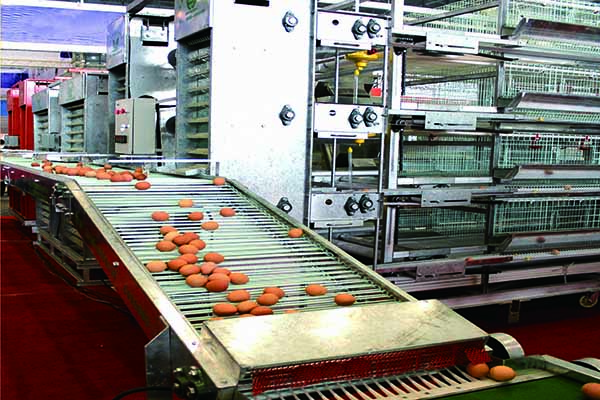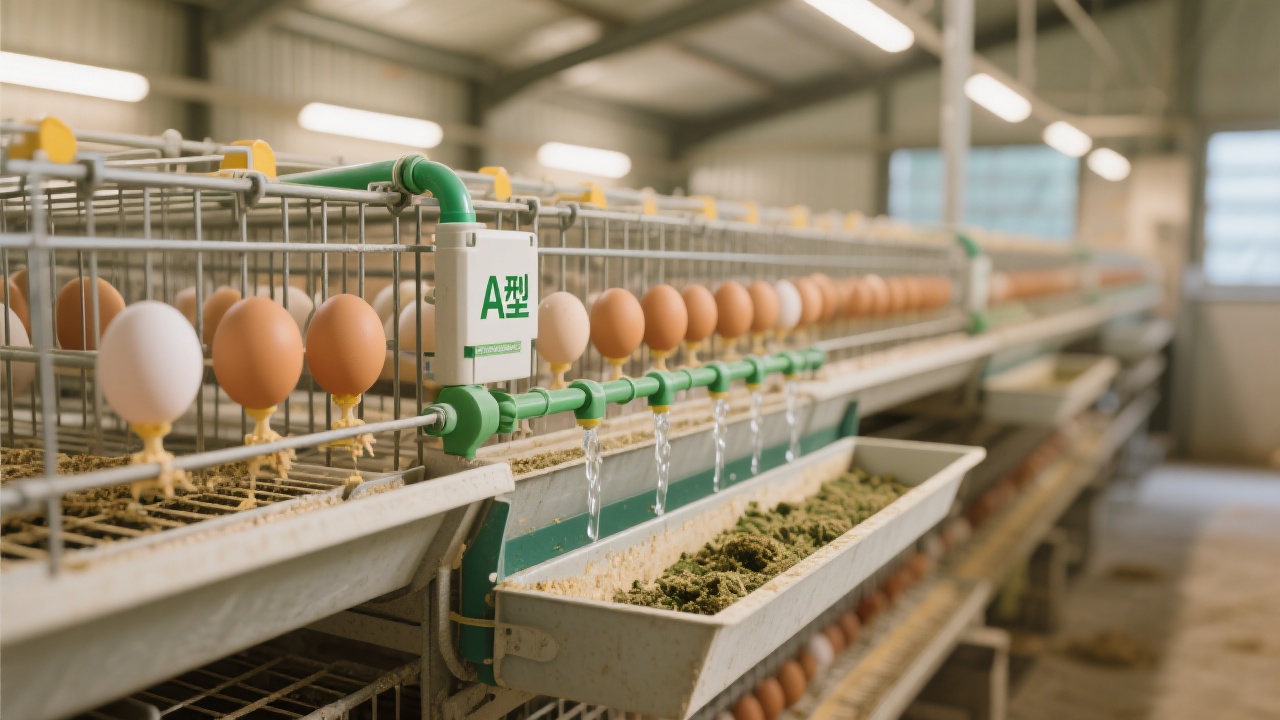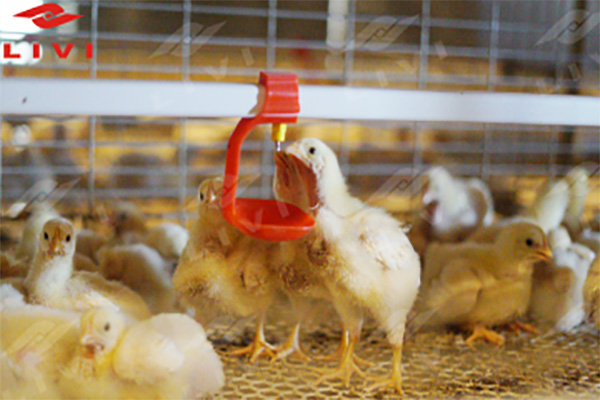
ISO14001, an internationally recognized environmental management system standard, sets strict requirements for air quality management in egg - laying hen farms. In today's context of increasing environmental awareness, compliance with ISO14001 is not only a regulatory necessity but also a strategic move for farms to gain a competitive edge in the international market. For example, a well - managed farm with ISO14001 certification can reduce environmental pollution risks by up to 30% compared to non - certified farms, according to industry research.

The H - type layer hen cages have a unique ventilation structure that significantly improves airflow organization. By adopting this structure, the cages can effectively reduce ammonia buildup. Traditional cage systems often struggle with poor ventilation, leading to high ammonia concentrations, which can cause respiratory problems in chickens and reduce egg production by as much as 15%. However, the H - type cages can maintain ammonia concentrations at a safe level, ensuring the health of the chickens and increasing egg production by approximately 10%.
Traditional ventilation schemes rely on natural ventilation or simple mechanical ventilation, which have limitations in terms of controlling air quality and temperature. In contrast, intelligent ventilation systems, combined with temperature control mechanisms, can provide a more stable and healthy environment for the chickens. A study shows that farms using intelligent ventilation systems have a 20% lower incidence of chicken diseases and a 12% higher production efficiency compared to those using traditional methods.

Fecal separation and harmless treatment technologies are crucial for environmental compliance. By separating dry and wet feces and treating them harmlessly, farms can reduce the release of ammonia and other pollutants. For instance, a farm implementing these technologies can reduce ammonia emissions by 40%, which not only meets environmental regulations but also improves the overall air quality in the farm.
Based on real - world cases and simulated data, the steps to build a green farming process are clear. First, farms need to design a proper ventilation system, such as the intelligent system matched with H - type cages. Second, they should implement automatic manure cleaning technology to ensure fecal separation and harmless treatment. Finally, by following these steps, farms can gradually meet the requirements of ISO14001 certification. For example, a farm in Europe took about 18 months to complete the green farming process transformation and obtain the ISO14001 certification.

To achieve sustainable development, farms must link technical details with policy dynamics. As environmental policies are constantly evolving, farms need to stay updated and adjust their technologies and management methods accordingly. By doing so, they can not only ensure compliance but also gain long - term benefits in the market.
In conclusion, by implementing scientific ventilation design, ammonia concentration control, and fecal treatment technologies, egg - laying hen farms can not only meet the requirements of ISO14001 certification but also improve production efficiency and reduce environmental risks. If you want to learn more about how to transform your farm into a green and compliant one, click here for detailed solutions.

